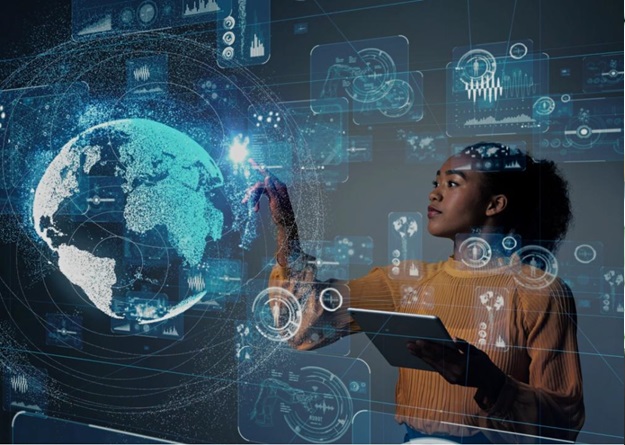In order to remain relevant and competitive, businesses and universities are embracing digital transformation to help with nearly every task. The helpfulness of new technologies, including Artificial Intelligence, is clear when considering how many companies are now using transcription in their work. Transcription is used to serve as the written record in legal proceedings, to provide accessible materials to students in academic settings, to produce shows and movies for media companies and to provide a written account of speeches or presentations. The legal, higher education and media industries rely on accurate transcripts in order to function and serve citizens, professionals and students effectively.
With automatic transcription software now available, those who need transcripts must now make a choice between manual transcription and automatic transcription. With a plethora of transcription tools available, such as an advanced transcription kit, video transcription services and auto transcription software, it can be helpful to identify your exact needs, limitations and the volume of work you’re encountering.
Manual Transcription
Manual transcription involves utilizing highly-trained individuals, rather than technology, to create a transcript. These professionals are skilled and produce accurate transcripts with key knowledge to decipher important information, type and edit quickly.
However, it’s currently more difficult to find individuals who know how to transcribe audio manually. There’s a growing shortage of stenographers and transcribers available on the market. With fewer individuals available to service transcripts, costs can also be high. Those who need transcripts may pay premiums to receive rush jobs or to fulfill specific requirements, such as addressing customization needs and longer audio files.
Yes, there are now some tools which can be embedded into the process, such as software to slow down audio for transcription, but are one or two technological implementations enough for you and your business to overcome the current barriers?
With new technologies comes less forgiveness for human error, especially when such errors can be detected and prevented. Stenographers and transcriptionists will continue to be held to higher accuracy standards with the continued release of AI and audio detection technologies.

Automatic Transcription
Cutting-edge AI technology provides opportunities to revolutionize transcription and offer improved transcription services with unmatched speed and accuracy, and at lower costs.
The automated AI transcription process, which relies on automatic-speech-recognition (ASR) tools, not only provides reduced operating costs through its use, but gives transcriptionists and stenographers the gift of time. It reduces the turnaround time needed to complete transcripts from weeks to mere days. Providing these professionals with more time can allow them to take on more assignments and direct their attention toward new opportunities. AI technologies can help the workforce to be highly effective and efficient.
Tech-focused transcription services provide opportunities to cancel out factors that hinder the quality of audio and identify difficult terms to provide accurate transcripts. These items are often more difficult for human transcriptionists to address. ASR machines are also trained to continuously get smarter with time, providing increased results each time they’re used.
Finally, with the sensitivity and confidentiality of information which the legal, media and academic industries rely on, companies and universities can benefit by enlisting automatic transcription and its technology which is designed to prevent cyber attacks and security breaches. Companies like Verbit can help to ensure transcription files are protected against any potential security threats.
AI transcription will not replace human transcriptionists and stenographers
Companies like Verbit are using smart technology to help professionals charged with transcription to ensure their jobs are done more efficiently, not eliminate them.
Transforming the role of the transcriptionist to one that works as a trusted human source to check the AI-enabled transcription services and benefits from these tools is ideal for all parties involved. They can benefit by enlisting AI-enabled transcription services to achieve quick turnaround and take on roles of overseeing and proofreading to ensure automated transcription is conducted properly.
Rather than see their roles become non-existent, transcriptionists should be encouraged to serve in thought leadership roles and work hand-in-hand with companies like Verbit who are providing software to meet industry demands.
Unlike some industries, where the release of new technologies may compromise jobs, the fields which rely on transcriptions will always need a human touch. This reality is due to the delicate nature and high importance of legal proceedings, media interviews, and ensuring the academic needs of students are met.
Transcriptionists should therefore consider embracing these technologies and define their roles as crucial ones in managing transcription software as it is released and updated. The combined use of humans and technology will provide societies, businesses and individuals involved with the peace of mind. It ensures technology’s work is held to the highest level of accuracy for fair trials, equal student opportunities and correct portrayal of events the media is covering.




